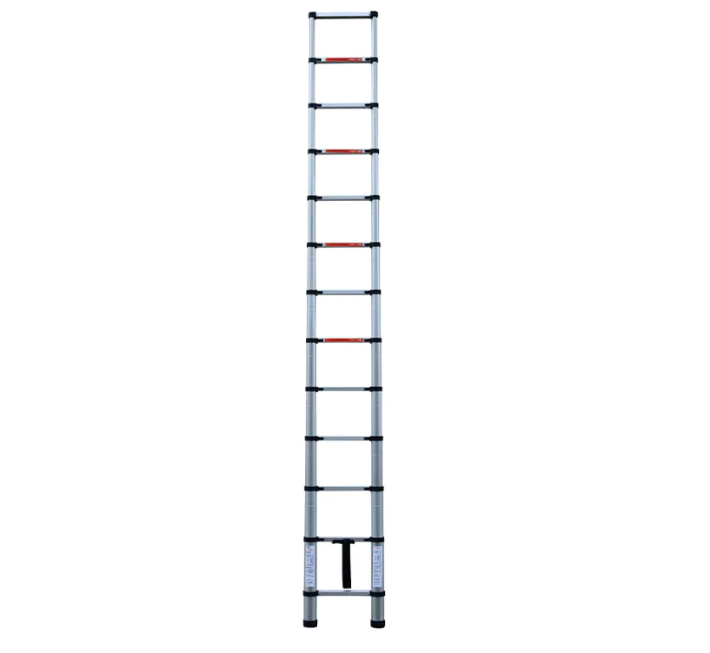As industries continue to evolve and adapt to new technologies and work practices, the role of industrial ladders is also changing. With increasing attention to safety, mobility, and efficiency, the future of industrial ladders looks promising, offering new features and capabilities to meet the demands of modern workplaces.
One of the key trends driving the evolution of industrial ladders is the increasing emphasis on safety. In many industries, workers are required to perform tasks at significant heights, often in challenging environments. As a result, ladder manufacturers are continuously improving safety features. Modern industrial ladders are designed with slip-resistant steps, stabilizing bases, and guardrails to reduce the risk of accidents. New materials, such as lightweight but durable alloys or fiberglass, are also being used to improve ladder strength while maintaining portability. These advancements are intended to provide a safer working environment, where workers can perform their tasks with minimal risk of injury.
Another trend is the growing demand for mobility and ease of use. In fast-paced environments like warehouses or construction sites, workers need ladders that can be easily moved and repositioned. Manufacturers are now designing industrial ladders with built-in wheels or casters, making them more mobile and reducing the time needed to move between tasks. Additionally, some ladders are equipped with adjustable heights, allowing users to customize their ladder for different job sites or tasks. This flexibility not only enhances efficiency but also reduces the strain on workers, as they no longer need to use multiple ladders for different purposes.
The growing trend of automation and smart technology in the workplace is also influencing the design of industrial ladders. Some companies are exploring the integration of sensors and smart technology into ladders. For instance, ladders could be equipped with sensors that alert users when a ladder is not positioned securely or when it is exposed to unsafe conditions, such as excessive load or instability. This integration of technology can further enhance safety and improve workflow efficiency, especially in large-scale industrial operations.
Sustainability is another factor influencing the future of industrial ladders. As companies and industries place more focus on environmental responsibility, manufacturers are exploring ways to produce ladders with eco-friendly materials. This includes using recyclable or sustainably sourced materials for ladder construction. By focusing on reducing the environmental impact of manufacturing processes, the ladder industry is aligning itself with the broader trend toward sustainability in the workplace.
In conclusion, industrial ladders are evolving to meet the needs of a changing work environment. With innovations in safety features, mobility, smart technology, and sustainability, the future of industrial ladders holds great promise. As industries continue to prioritize efficiency, safety, and environmental responsibility, industrial ladders will continue to be a crucial tool in helping workers perform their tasks safely and effectively.
